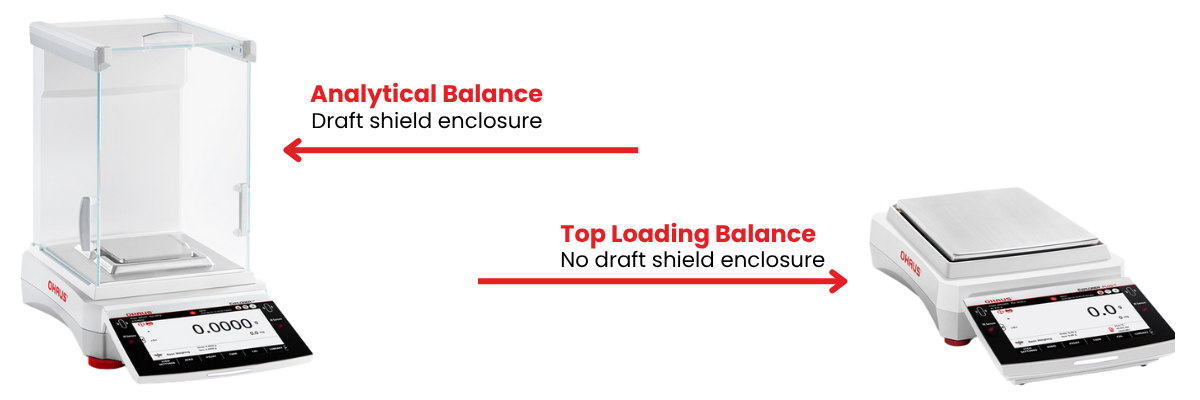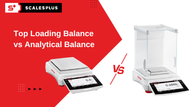Top Loading Balance vs Analytical Balance
Oct 21st 2025
A balance is a balance, right? For the most part, yes. Balances offer exceptional precision, typically at a higher level than common industrial scales. However, there are some fundamental differences between what we in the industry consider a top-loading balance and an analytical balance.
What is the difference between a top-loading balance and an analytical balance?
An analytical balance is a class of a balance that has a readability of 0.1 mg or better. At this level of readability, it is required for the balance to have a draft shield. Samples are placed inside of the draft shield onto the weighing pan. The purpose of the draft shield is to prevent drafts from influencing the weighing results. Most analytical balances are so accurate, even just minor breezes caused by someone walking by would disrupt the reading. This is why analytical balances have draft shields. And because of the fact that the weighing pan on an analytical balance is covered by a draft shield, they are not considered to be a 'top loading' balance.
A 'top-loading balance', as they are often referred to as, is a balance that does not have a draft shield. Samples are loaded directly onto the weighing pan. These balances typically have a readability of 1 mg or less. This readability range puts them into a class of precision balances. Often times, they are also called a top-loading precision balance. At 1 mg readability, some manufacturers will include a draft shield for additional measurement reliability. The reference to "top-loading" simply demonstrates that there is no draft shield. It is a balance with an open weighing pan loaded directly from the top.

We can get even more in-depth explaining further differences between the two. However, this is the most simple answer to help clear things up.
Do you have further questions or need technical support? Contact us today!





